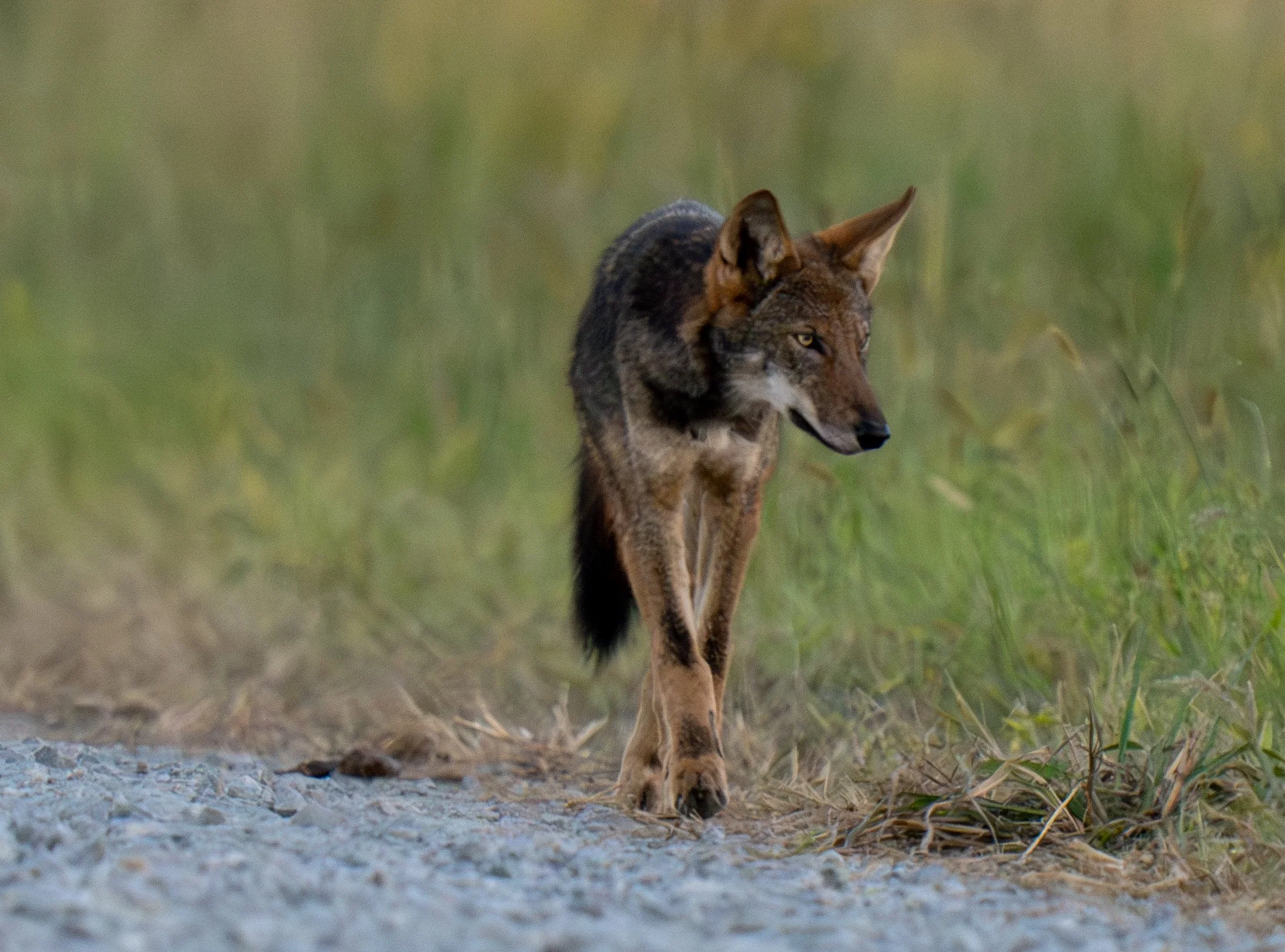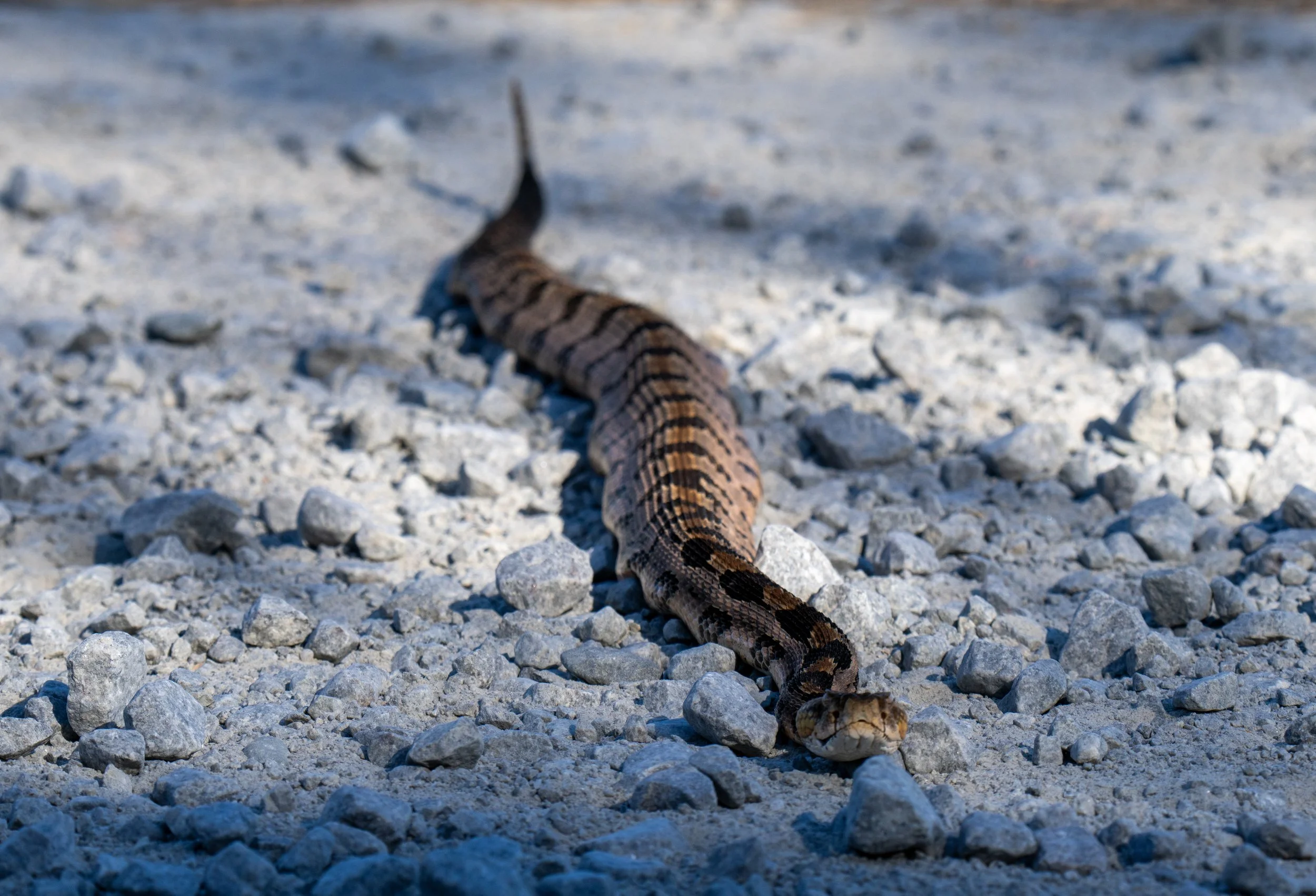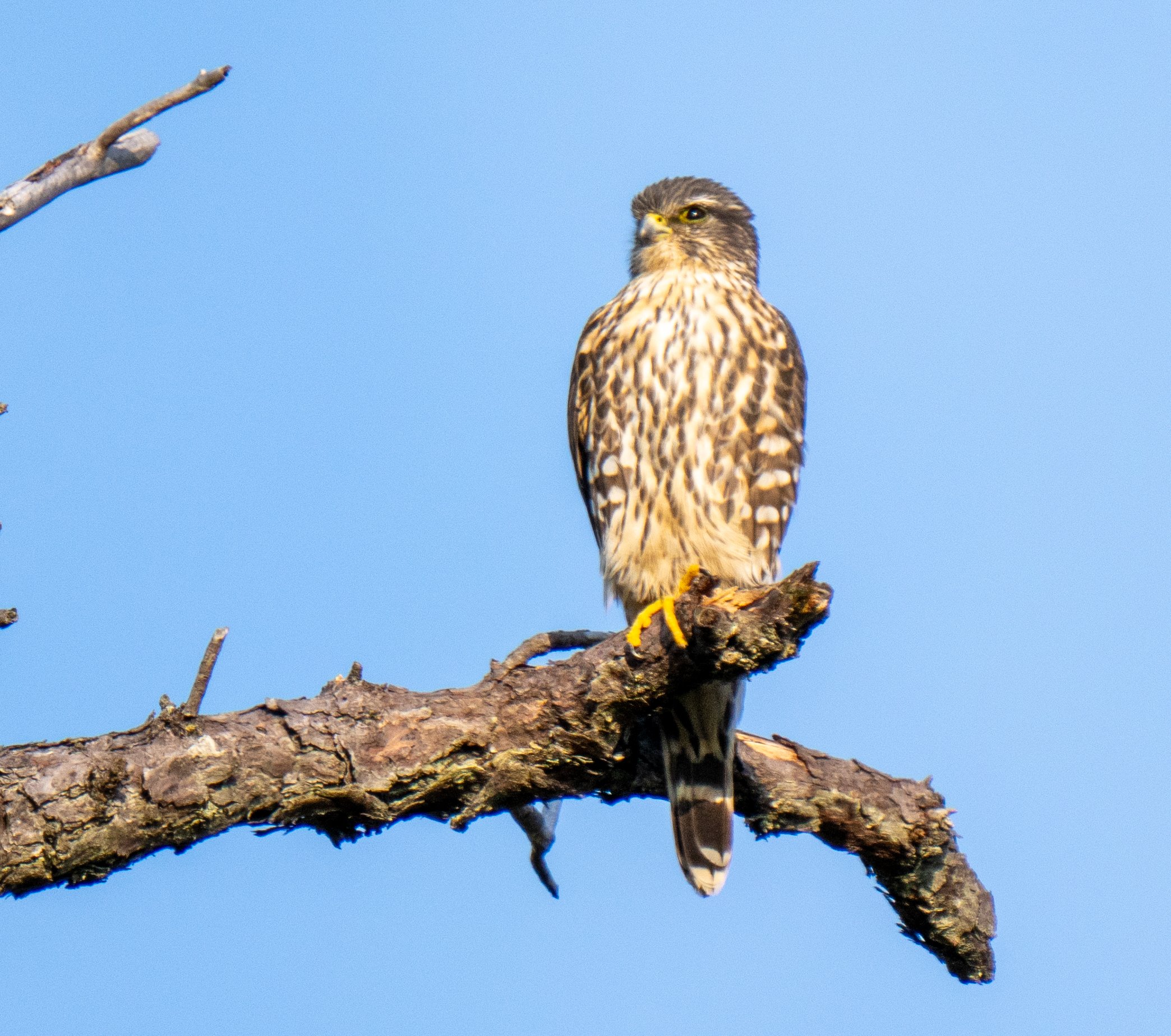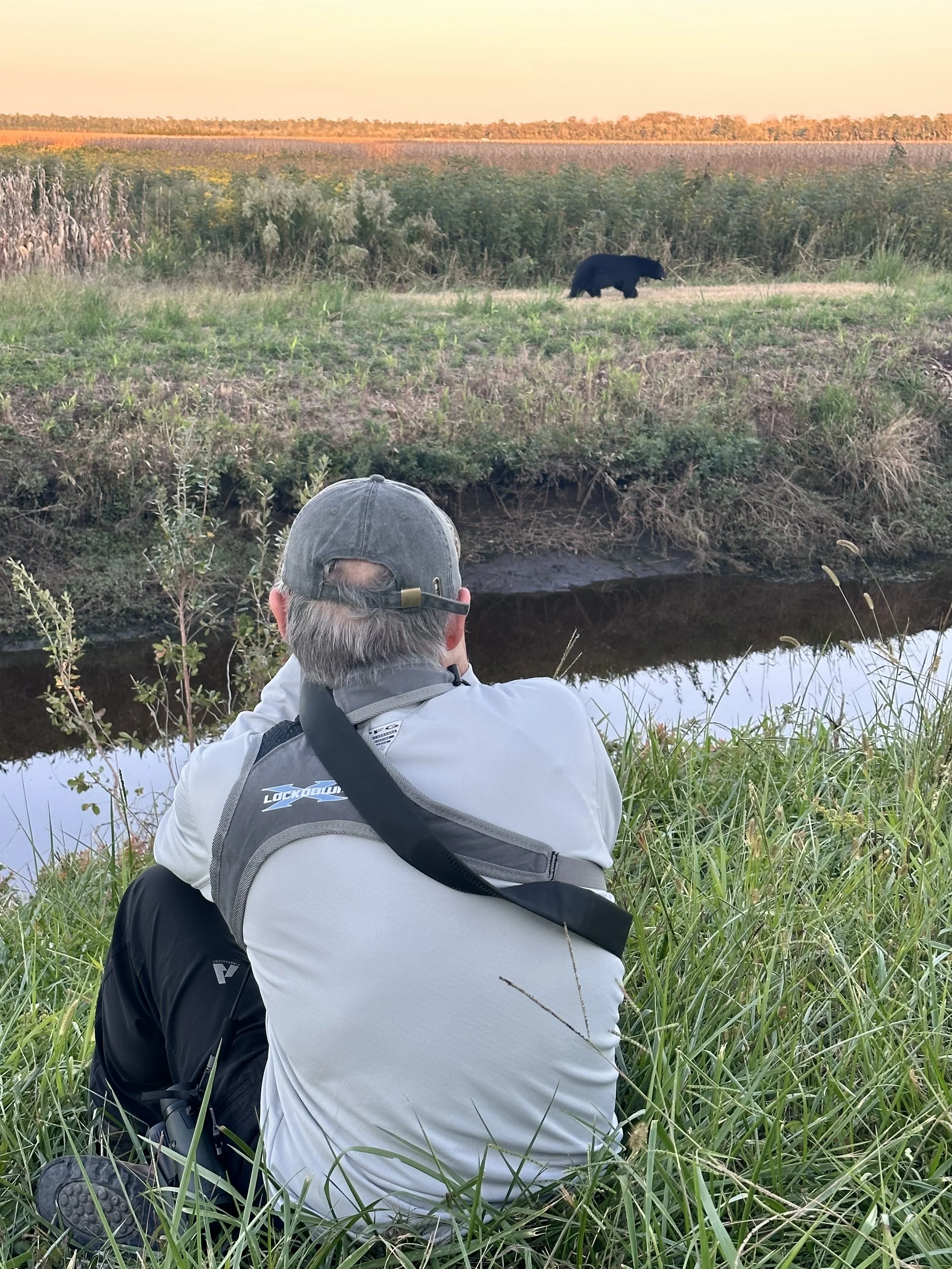Alligator River National Wildlife Refuge
The Alligator River National Wildlife Refuge in Eastern North Carolina is 152,000 acres of wetlands, cypress swamps, forests and fields and is home to a large population of black bears and many other wildlife species, including the critically endangered red wolf. During the winter months, the refuge is home to migratory bird species including tundra swan, white pelicans and a variety ducks and other waterfowl.
My first time visiting the refuge was in October, 2023. You can just drive into the refuge and explore on your own, but if you’re only in the area for a limited time, I’d recommend hiring a guide. That’s what I did the first time I visited. I’ve been back several times since, but having a guide that first time was incredibly valuable. A guide will provide a wealth of information about the history of the refuge and the local ecology. And guides tend to be very familiar with the habits of the wildlife who call the refuge home. This is an important point, especially for photographers, but also for anyone who enjoys nature.
As a general rule, the best opportunities for wildlife photography at the refuge are from dawn until mid-late morning, then again from mid-afternoon until dark. There are kayak tours available in the warmer months, but I will say, I’ve been on the refuge during parts of the warmer months and the biting insects are a challenge.
Planning a visit…
If you have the time and flexibility, my advice would be to spend a few days in the area. Manteo NC is about 15 minutes east of the refuge and Nags Head is another 10 minutes beyond Manteo. There are a lot of inexpensive hotels in Nags Head during off-season months and Manteo is a charming little town to visit with several hotel options. If you arrive on a weekday during the off-season, you can avoid any weekend crowds. While in the area for a few days, plan to visit the nearby Pea Island National Wildlife Refuge, especially during December-mid-February when you’ll have an opportunity to see many species of migratory waterfowl. I also usually see some interesting aircraft flyovers. Also, visit the Bodie Island Lighthouse.
From Nags Head, if you go south, you can visit Hatteras and Ocracoke Island, and if you go north to Corolla, there are wild Spanish mustangs often roaming the beaches and dunes. The best way to see them is by booking a tour. Choose a company with Hummer vehicles. They’re a thousand times more comfortable than the open truck beds some companies use. Happy travels.




